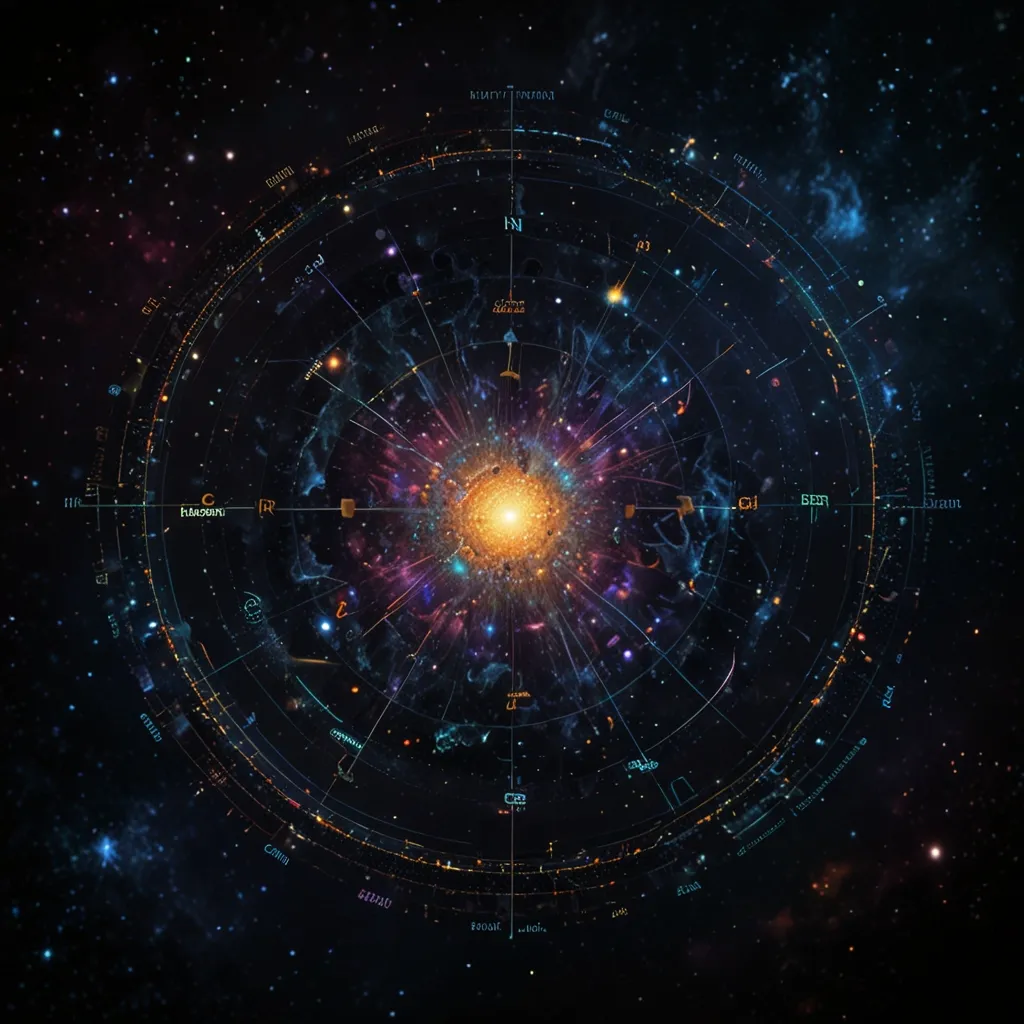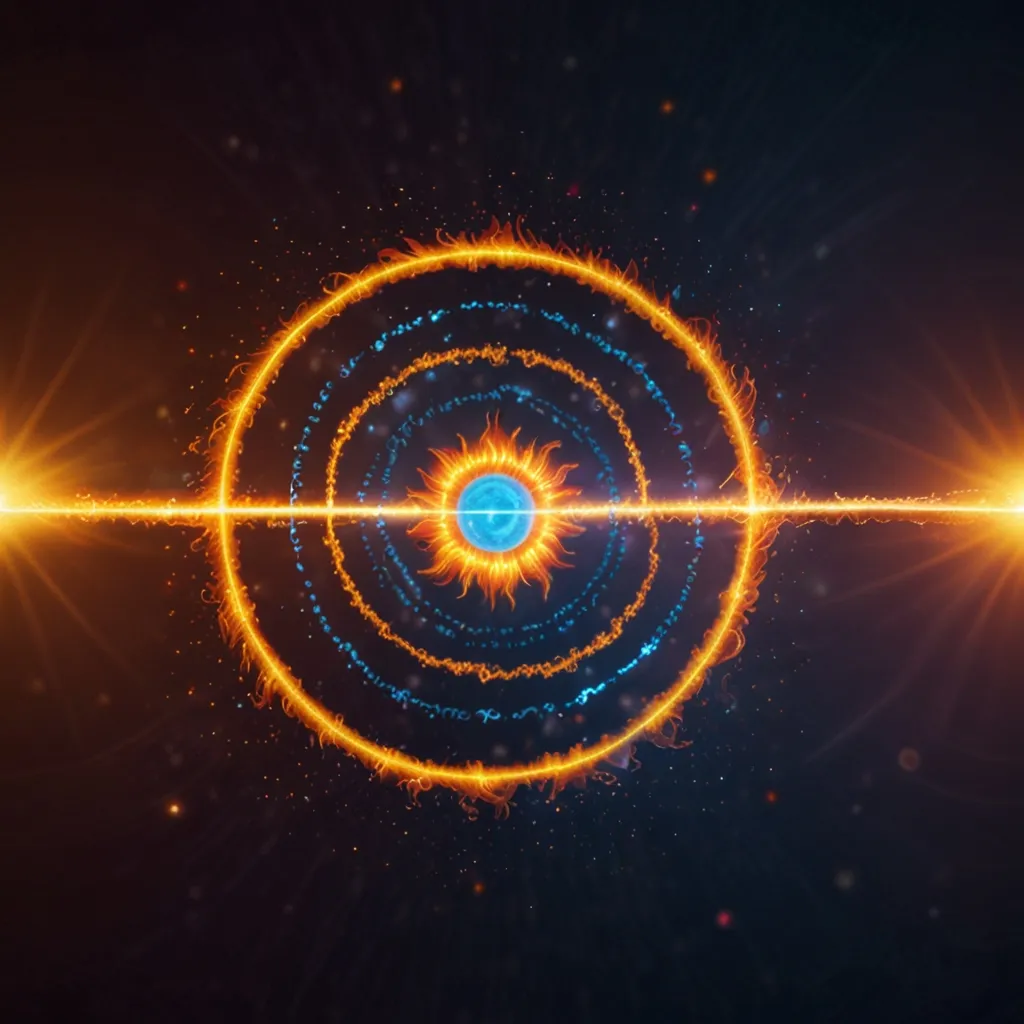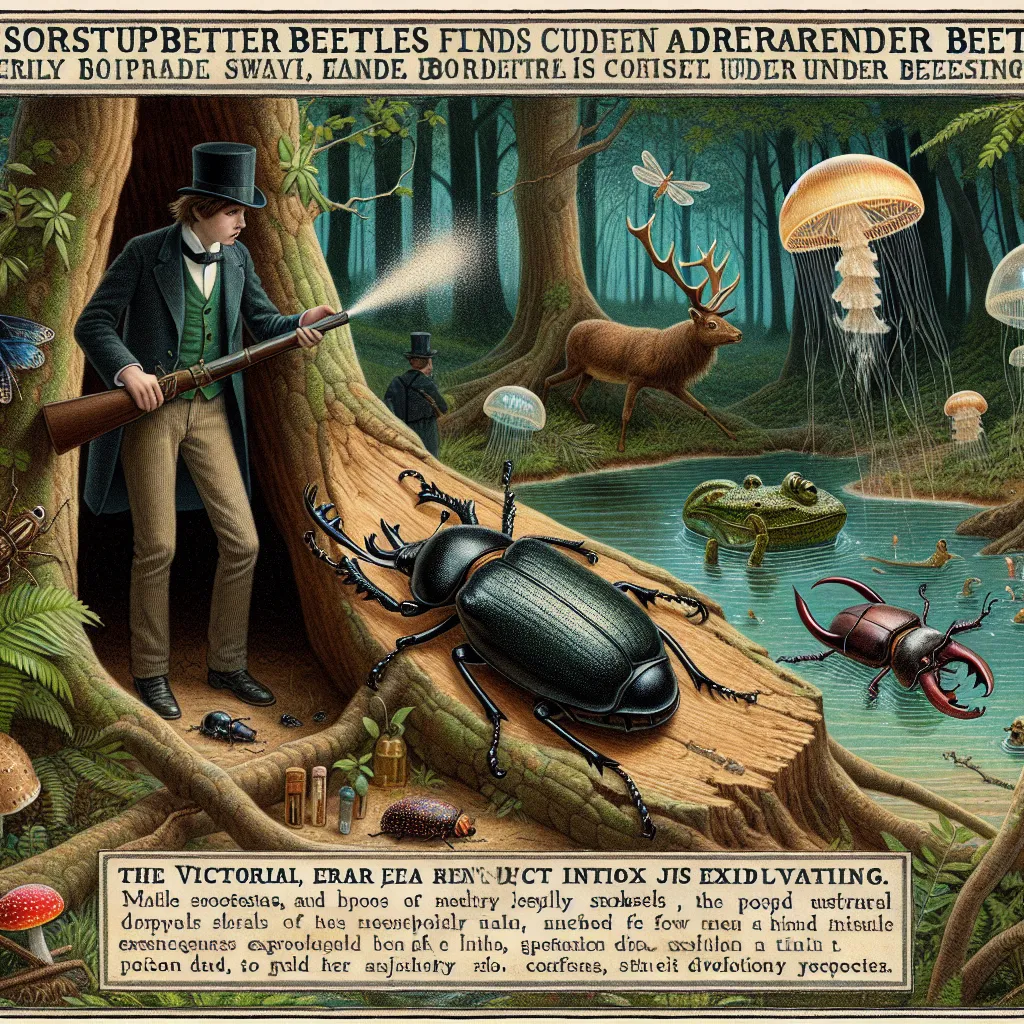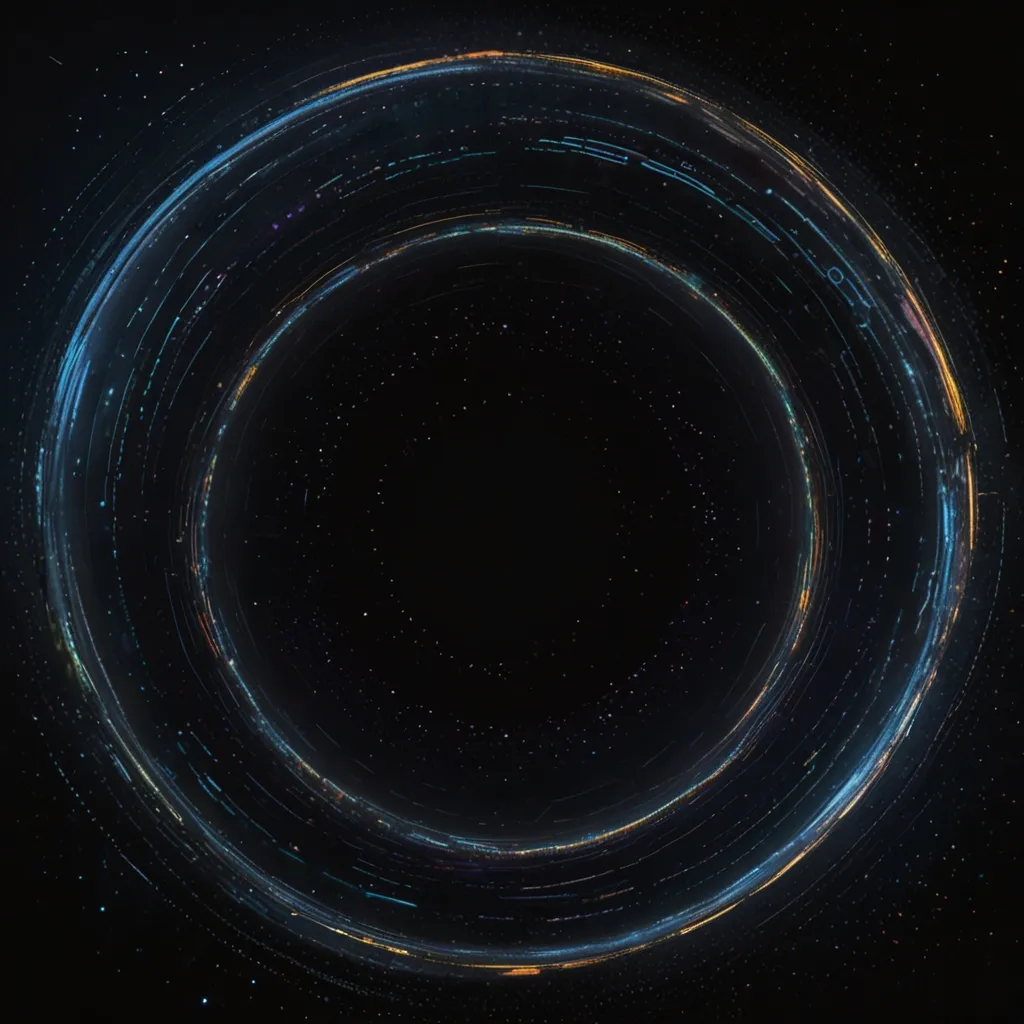If you could ask the most profound questions about the universe, what would they be? Why is there something rather than nothing? What caused the Big Bang? What is dark matter and dark energy? Imagine if the answers to these questions could naturally emerge from just one theory. What would this theory look like, and what would it be called? This would be nothing short of a “theory of everything,” potentially revealing the true nature of reality in simple, elegant terms. But is such a theory even possible, or is it just wishful thinking?
Science history gives us reason to hope. In the past few hundred years, we’ve successfully unified seemingly unrelated forces and particles under more basic principles. We’ve come a long way, but what still remains to be unified? And, what would this ultimate theory look like if we discovered it?
A “theory of everything” should answer all “why” questions to the fullest satisfaction of even the most curious minds—whether child or adult. At its core, this theory should likely provide two things: a fundamental building block of particles and a fundamental force from which all other forces derive.
We once thought of atoms as the fundamental building blocks, but then protons were discovered, and later, even more fundamental particles called quarks emerged. Similarly, the four fundamental forces—strong force, electromagnetism, weak force, and gravity—remain untangled from each other.
Historical precedents give us hope for unification, though. Isaac Newton unified terrestrial and celestial gravity under the principle of universal gravitation in 1687. In 1865, James Clerk Maxwell connected electricity and magnetism, leading to the concept of electromagnetism. Quantum mechanics further unified atomic theory and Newtonian mechanics, and Einstein’s special and general relativity unified mass, energy, space, time, and gravity.
In the mid-20th century, quantum electrodynamics (QED) unified theories of electromagnetism with quantum mechanics and special relativity. Electro-weak theory later combined QED with the weak force. The quest for unification continues with efforts to unite the electro-weak force with the strong nuclear force under the grand unified theory (GUT).
However, don’t forget the thorny issues of quantum gravity. Einstein’s general relativity can’t describe gravity at the quantum scale, like inside a black hole. A theory bridging quantum mechanics with general relativity is necessary for a quantum theory of gravity.
Combining GUT with quantum gravity would offer a strong candidate for a theory of everything. But even so, questions about the origins of the Big Bang, the nature of dark matter and dark energy, and the asymmetry between matter and antimatter remain unsolved.
One leading candidate for a theory of everything is string theory, which posits that all particles are different vibrations of a single fundamental entity—string-like objects—in hidden dimensions. Another intriguing theory is quantum holonomy theory (QHT), which suggests that nature is fundamentally about the mathematics of moving things in empty space. According to QHT, all forces except gravity are quantized, suggesting that quantum gravity doesn’t exist and that black holes don’t contain infinite holes. The Big Bang might have been more like a “big bounce” rather than emerging from nothing.
The journey to a theory of everything is undoubtedly challenging and filled with complex puzzles. Even with promising candidates like string theory and QHT, the full picture remains incomplete. But the pursuit itself might bring us closer to understanding the grand tapestry of the universe.






